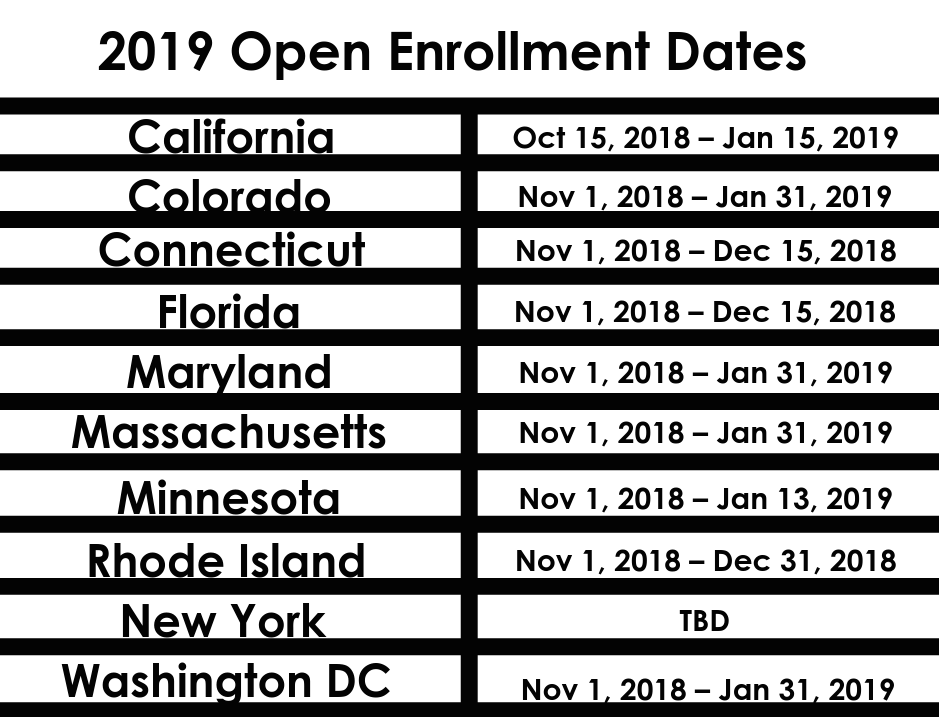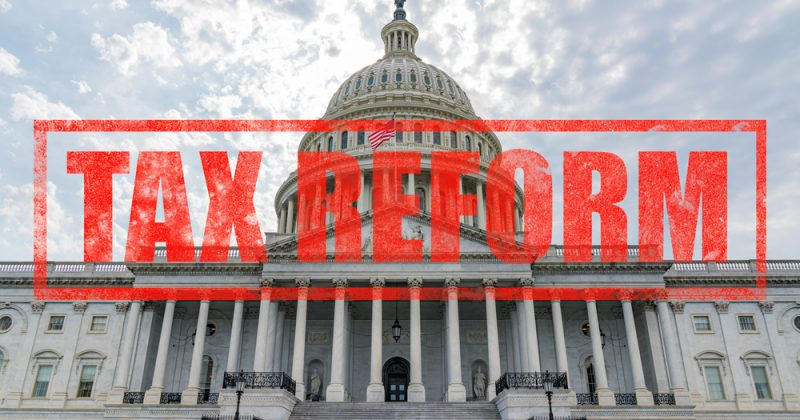
While open enrollment can often be a stressful and even confusing time for employees, your employee benefits package is an invaluable part of your total compensation package. In fact, in financial terms, the benefits you receive through an employer-sponsored group health plan can boost your compensation from work up to 30%!
Open enrollment gives employees the opportunity to reassess their benefits from the current year and make changes that will benefit them for the year to come. While it is sometimes tempting to just enroll in the same plan as last year without giving it a second thought, you could be cheating yourself out of a significant portion of your compensation structure.
Selecting your healthcare coverage is arguably the most important decision that you have to make during the open enrollment period. But, that doesn’t mean that it’s a simple one to make. In fact, it can be pretty complicated since your optimal coverage depends on personal factors related to your health. To make the best choice for coverage in the coming year, employees must take into consideration whether they take prescription medication, how often they visit medical facilities, how many dependents they have and how much they will pay out of their own pockets.
- Review your medical and financial situation from the previous year. Before choosing your health plan for the coming year, it’s important to take stock of last year’s healthcare plan. Choosing the least expensive plan may seem like the best short-term option for your wallet, but depending on your individual health needs, it can be a very short-sighted choice that can end up costing you more in the end. To help you decide which plan is best, make a list of all your medical costs for the previous year, including copays, deductibles, premiums and coinsurance. Some employers may allow you to maintain your current coverage, so it is important to carefully scrutinize how your plan held up the previous year.
- Consider any voluntary benefits. Review any supplemental offers, such as dental and vision coverage, financial counseling, disability protection and even pet insurance. Some employers are offering more supplemental coverage now and prices are lower in a job-based plan than on the open marketplace. Choose the coverage that is adequate for your personal needs, depending on whether you anticipate needing any major work done as opposed to basic cleanings and checkups.
- Remember to take possible tax breaks into account. Flexible Savings Accounts (FSA) and Health Savings Accounts (HAS) enable employees to put money aside to help defray healthcare costs, or “qualified expenses,” such as copays, deductibles, coinsurance and monthly prescription drug costs. Both FSAs and HSAs work as personal savings accounts and help employees reduce their tax liability by depositing funds into the account on a pre-tax basis. To qualify for an HSA, you must have an HDHPs (High-Deductible Health Plans), which is defined as health coverage with a deductible of $1300 or more for an individual or $2600 or more for a family. If you qualify, an HSA is generally preferable due to the fact that limits are higher and contributions can be carried over from the previous year. In addition, Dependent Care Flexible Savings Account (DCFSA) is another form of pre-tax benefit account that can be used to pay for eligible services for dependents, such as summer camp, after-school programs, and daycare.
To learn more about the open enrollment period for employees, contact the experts at HealthQuoteInfo.com at 1-855-881-0430. Our licensed insurance professionals are standing by to answer any questions you may have.








